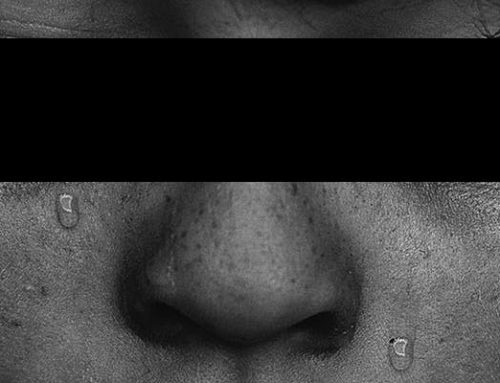By: David G. Bayliss – December 16, 2010.
This article is a simplified description, in layperson’s terms, of the law of homicide in Canada. For the actual applicable law, please consult the Criminal Code of Canada.
In Canada, criminally blameworthy homicide is either murder, manslaughter or infanticide. Homicide that does not fit into one of these categories is not a crime.
Infanticide occurs when a female person causes the death of her newly born child when her mind is disturbed as a result of the effects of giving birth.
The maximum sentence for infanticide is five years in jail. There is no minimum sentence.
Manslaughter occurs when a person causes the death of another by means of an unlawful act but did not intend to kill the victim. A classic example of manslaughter is the scenario of a punch causing the victim to fall down striking his or her head on a curb, the latter impact causing death. There is an unlawful act, the assault, but no intention to cause death.
In certain circumstances, manslaughter can be found when deliberately fatal blows are inflicted as a result of a physical or mental shock to one’s system. In Canadian law, this concept is known as provocation. Legal provocation can reduce what might otherwise be the crime of murder to manslaughter.
In rare circumstances, the crime of murder can be reduced to manslaughter if the consumption of alcohol or other intoxicants has affected the mental processes of the perpetrator.
As a very general statement, it is correct to say that all criminally blameworthy homicide that does not constitute murder, is manslaughter. This broad concept may capture fact situations other than those discussed above under this heading.
The maximum sentence for manslaughter is life in prison. Unless a firearm is involved, there is no minimum sentence.
Murder occurs when a person intentionally causes the death of another or intentionally inflicts bodily harm that he or she knows is likely to cause death and is not acting in the course of self defence or the defence of another as defined by law. Murder may be either first degree murder or second degree murder.
First degree murder occurs in the following circumstances:
- If the murder is planned and deliberate;
- If the victim is a peace officer or prison guard;
- If the murder is caused in the course of a hijacking, sexual assault or kidnapping;
- If the murder is caused in the course of criminally harassing another (for example, stalking);
- If the murder is caused in the course of terrorist activity;
- If the murder is caused as part of the activities of a criminal organization;
- If the murder is caused in the course of intimidating a group of persons or the general public, in order to impede the administration of justice, in the course of intimidating a justice system participant or in the course of intimidating a journalist for the purpose of attempting to dissuade that journalist from disseminating information about a criminal organization;
- Any murder, if the perpetrator has previously been convicted of murder.
Second degree murder is all murder that is not first degree murder. Generally speaking, second degree murder is a deliberate killing that occurs without planning and does not involve any of the victims or circumstances listed above under first degree murder.
The sentence for second degree murder is life imprisonment with no parole for a least ten years or any such higher number between then and twenty five years, as decided by a judge (different sentencing rules exist for persons under the age of 18 years).
© David G. Bayliss, December 16, 2010.







